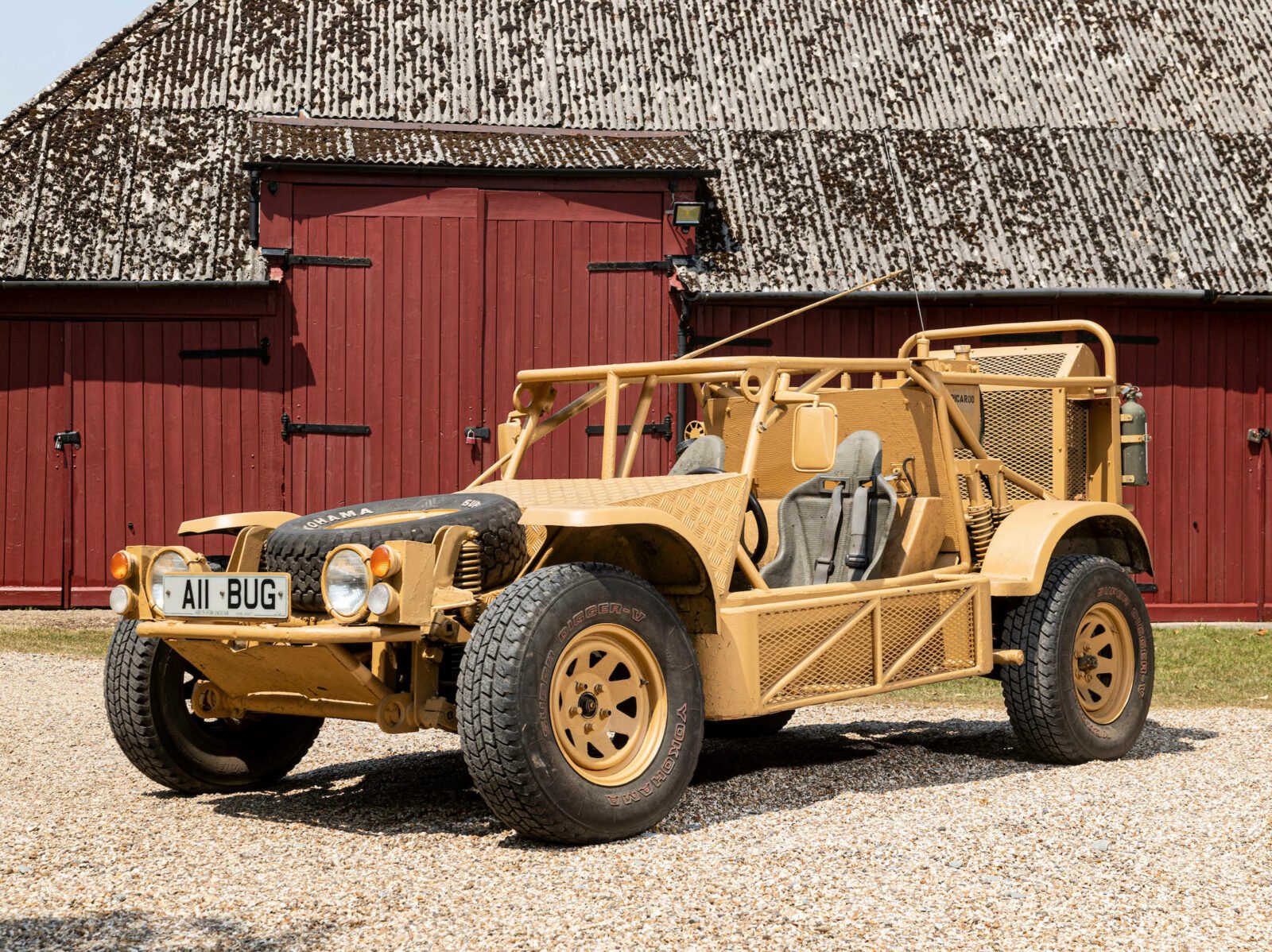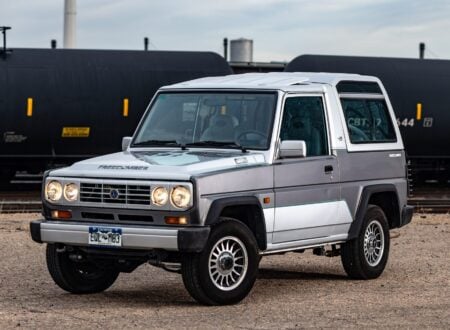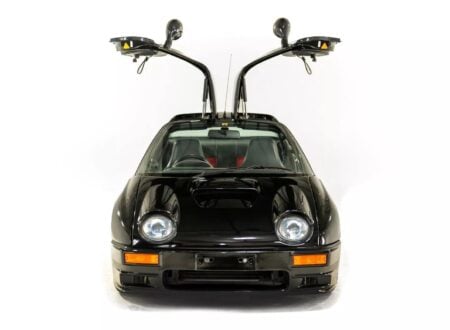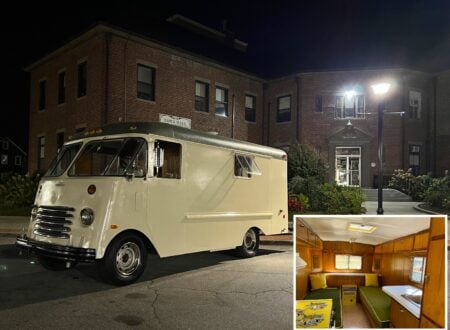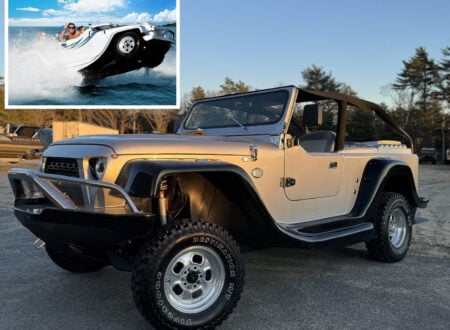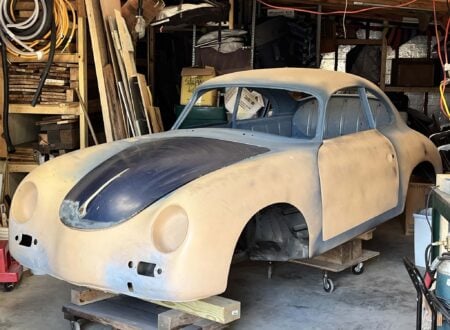This is a 1990 Longline MkII Light Strike Vehicle that was built specifically for use by the Special Air Service (SAS) in the First Gulf War. It’s now one of just five survivors of the original six that were built, and it’s coming up for sale in England.
After they were brought home from the Middle East most of the Light Strike Vehicles were modified to get them road legal, though one can only wonder how they must be perceived by other road users stuck in traffic on the M1.
Fast Facts – The Longline Light Strike Vehicle
- The Longline Light Strike Vehicle was built over three generations, consisting of the MkI, MkII, and MkIII. All three generations had a similar design with the key changes being to the drivetrain.
- The MkI had a 2×4 system with a VW Transporter 1.9 liter petrol engine. The MkII had full 4×4 and used the same engine, the MkIII then came along, it kept the 4×4 system but replaced the engine with the diesel version of the VW Transporter power unit to make it better suited to military use.
- The Longline Light Strike Vehicle was designed around an exposed tubular chassis with integral roll cage, it was powered by a rear-mounted VW engine, and it could be used as a weapons platform for a machine gun, grenade launcher, or the Milan anti-tank missile system.
- Longline was later taken over by Ricardo, as a result some call these vehicles the Longline/Ricardo Light Strike Vehicle. Relatively few MkIIs were made, it’s believed just six, and the example you see in this article is one of five that remains – and it’s now being offered for sale.
The SAS – Special Air Service
The SAS is one of the most respected military special forces regiments in the world. It was formed in July of 1941 by David Stirling, a British officer, as a regiment tasked with conducting covert operations behind enemy lines, initially to disrupt German and Italian forces in North Africa.
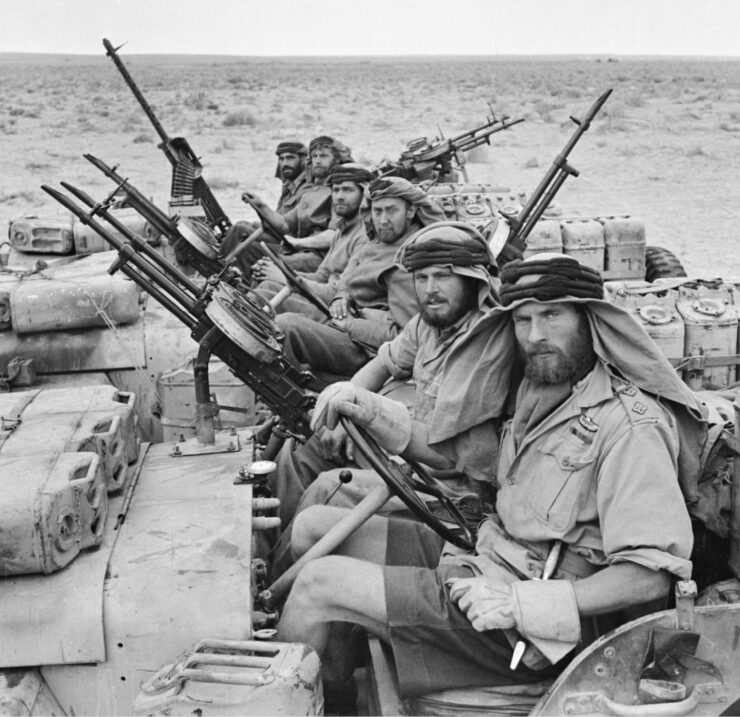

The SAS quickly gained recognition for its unconventional and effective methods of warfare. The soldiers of the SAS were trained to operate deep within enemy territory, conducting reconnaissance, sabotage, and guerrilla warfare. They utilized a range of skills, including parachuting, demolitions, navigation, and marksmanship.
One of the SAS’s most famous missions occurred in November 1942, during the Second Battle of El Alamein. The unit conducted a series of successful raids on German airfields, destroying aircraft and infrastructure. These actions severely hampered the Luftwaffe’s ability to support their ground forces.
Following their success in North Africa, the SAS was deployed to other theaters of war, including Italy, France, and the Far East. They participated in numerous operations, such as the raid on Benghazi, the liberation of France, and the Battle of the Bulge.
After World War II, the SAS was disbanded but was reformed in 1947 as a regular army unit. Over the years, the SAS has been involved in various conflicts and operations worldwide. Notable among these were the Malayan Emergency, the Falklands War, the Gulf War, and the War in Afghanistan.
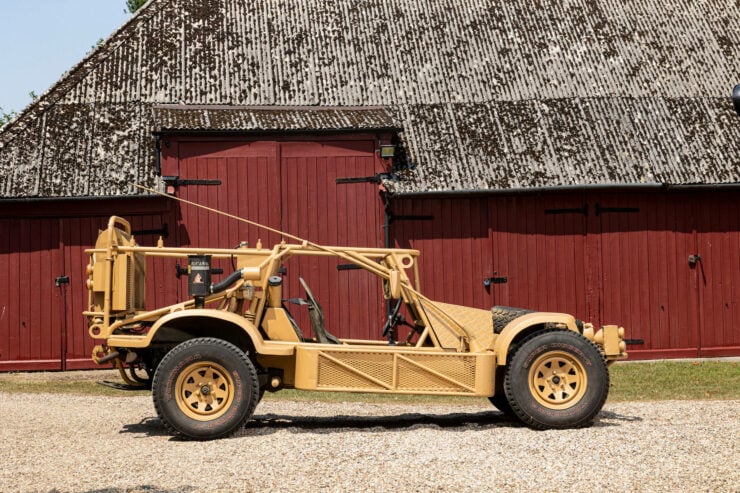

The SAS has earned a reputation for its professionalism, bravery, and resourcefulness. It continues to evolve and adapt to modern warfare, utilizing advanced technology and modern tactics. The unit remains one of the most elite and respected special forces units in the world, renowned for its ability to operate in extreme conditions and execute missions beyond the ability of most.
The Longline Light Strike Vehicle
The Longline Light Strike Vehicle, also known as the Ground Mobile Weapon Platform (GMWP), was developed rapidly by Longline in the lead up to the First Gulf War in the early 1990s specifically for use by special forces.
The vehicles were designed to be light, fast, and nimble. No armor was fitted as the vehicles were intended for fast hit-and-run style raids, scouting missions, and low-intensity guerrilla warfare.
Longline developed the design using a lot of technologies that had been tried and tested in dune buggies and sand rails – vehicles specifically developed to cover deep sand dunes at significant speeds. It make sense as a starting point but the lack of development time resulted in issues, largely with the suspension systems, which tended to suffer from failure when used a speed.
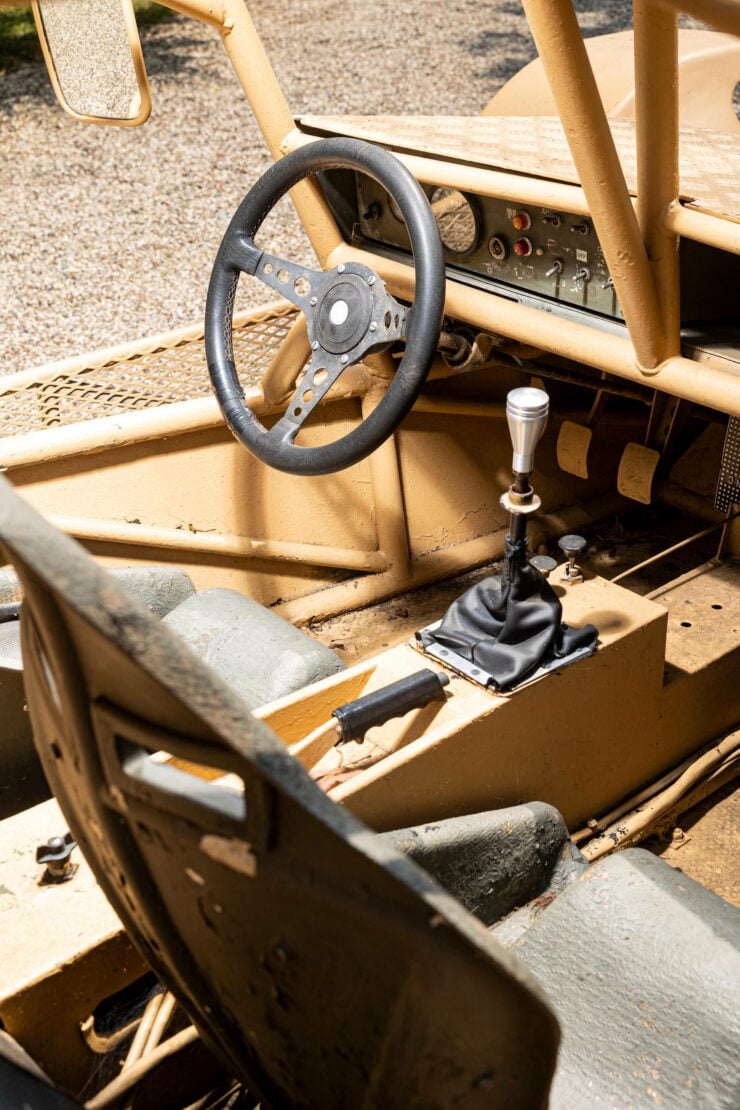

As a result relatively few examples of the Longline Light Strike Vehicle were built. That said, it was built over three generations, consisting of the MkI, MkII, and MkIII. All three generations had a similar design with the key changes being to the drivetrain.
The MkI had a 2×4 system with a reliable VW Transporter 1.9 liter liquid-cooled petrol engine. The MkII had full 4×4 and used the same engine, the MkIII then came along, it kept the 4×4 system but replaced the engine with the diesel version of the VW Transporter power unit to make it better suited to military use.
All three versions were built around an exposed tubular chassis with integral roll cage, it was powered by a rear-mounted VW engine, and the vehicle could be used as a weapons platform for a machine gun, grenade launcher, or the Milan anti-tank missile system.
It’s believed that just six examples of the Longline MkII Light Strike Vehicle were built and only five are known to still exist today. After they returned to the UK from the Gulf they were fitted with headlights, indicators, and other required additions to get them road legal, which made it a lot easier to move them from base to base when needed.
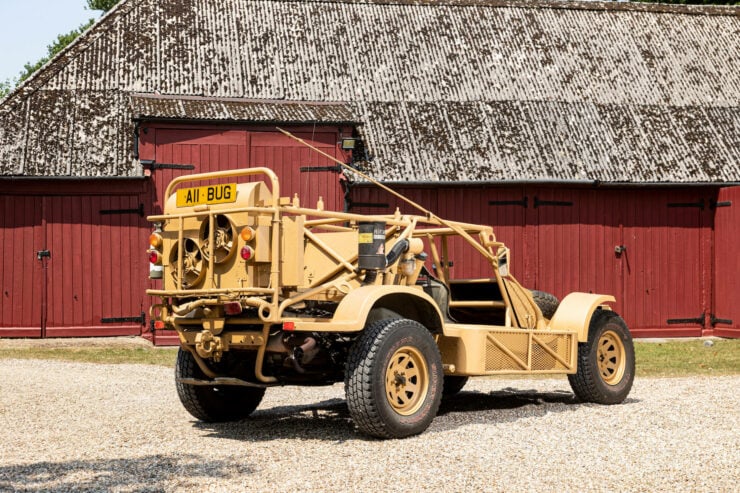

The Longline MkII Light Strike Vehicle Shown Here
The vehicle you see here is one of those five surviving examples of the Longline MkII Light Strike Vehicle. As a MkII model it has full four wheel drive and it’s powered by the reliable 1.9 liter VW Transporter engine, meaning that sourcing spare parts should be nice and easy.
It’s the first time we’ve seen one of these come up for sale in recent memory, hardly surprising given how rare they are, and this one is due to be auctioned at the Goodwood Festival of Speed on the 14th of July.
The vehicle is being offered by Bonhams, and it has a price guide of £28,000 – £30,000 which works out to approximately $35,600 – $38,100 USD. If you’d like to read more about it or register to bid you can visit the listing here.
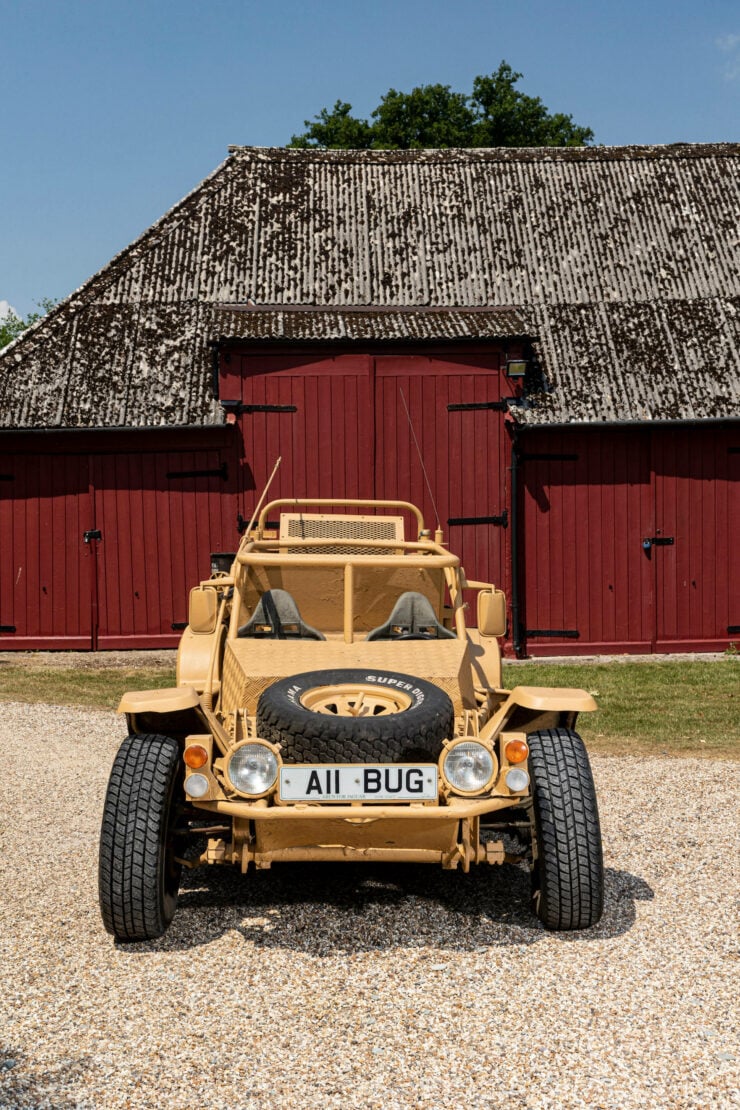
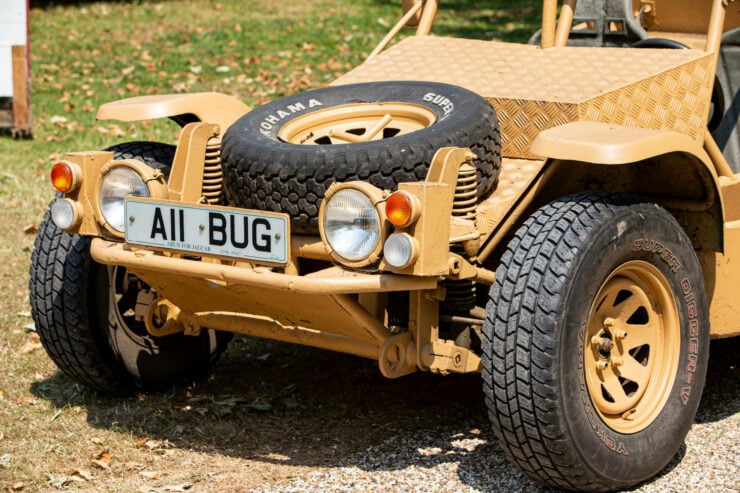
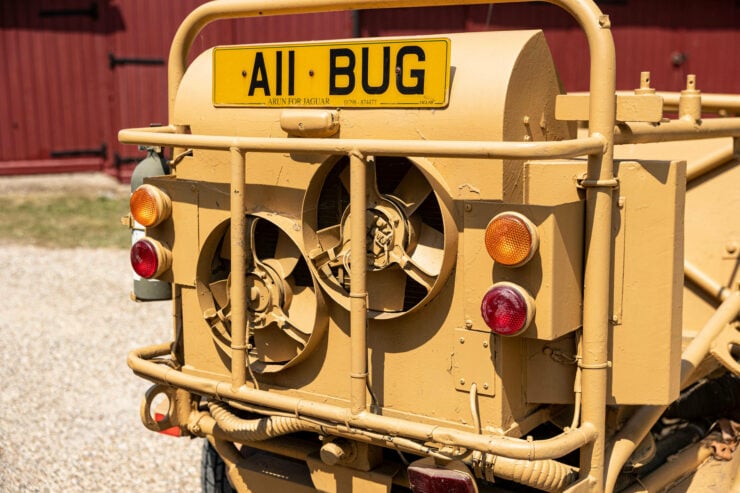
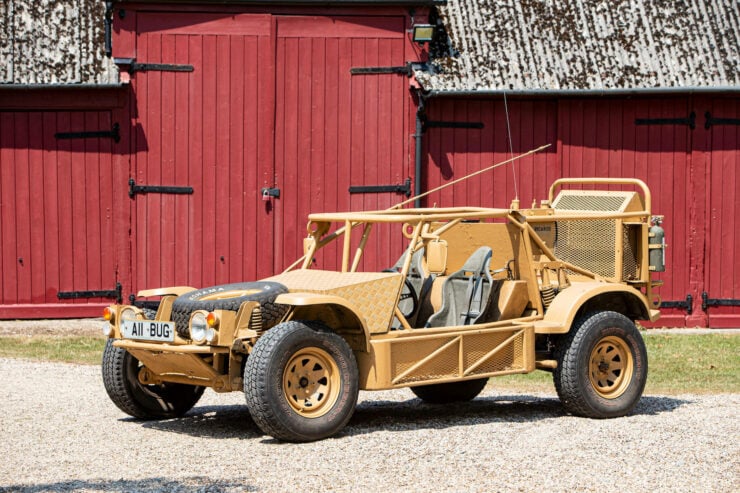
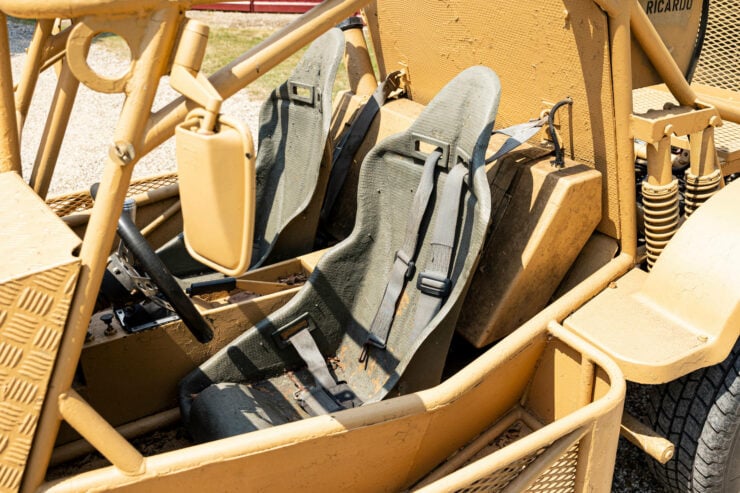
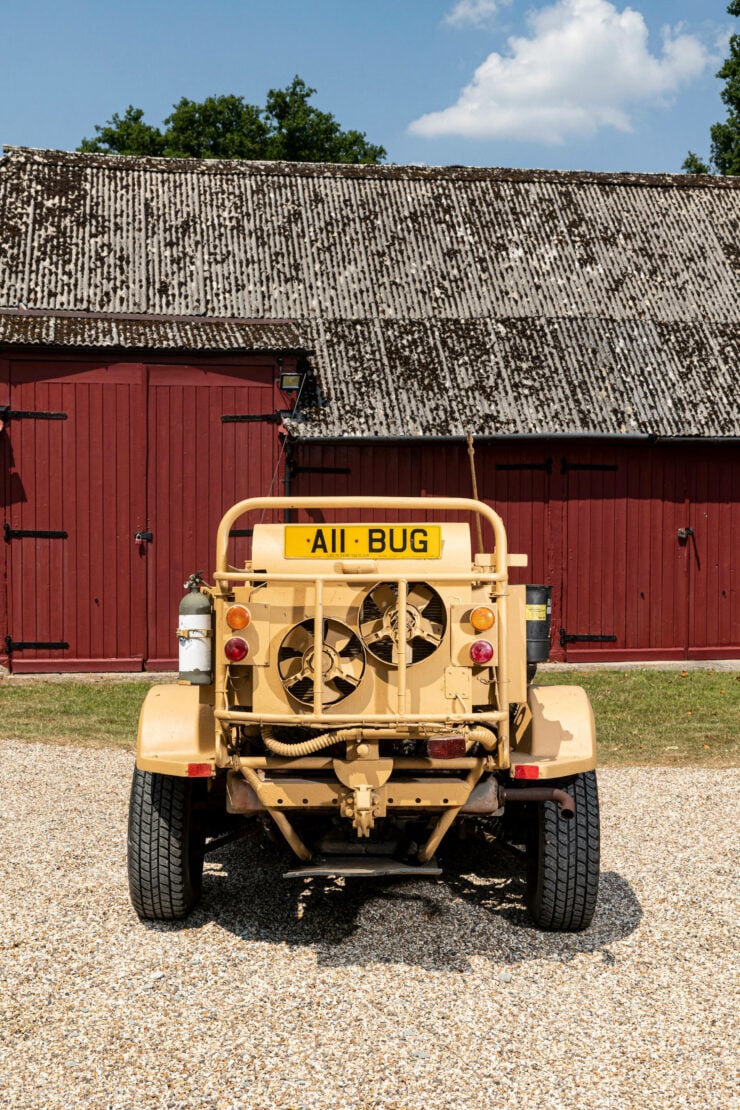
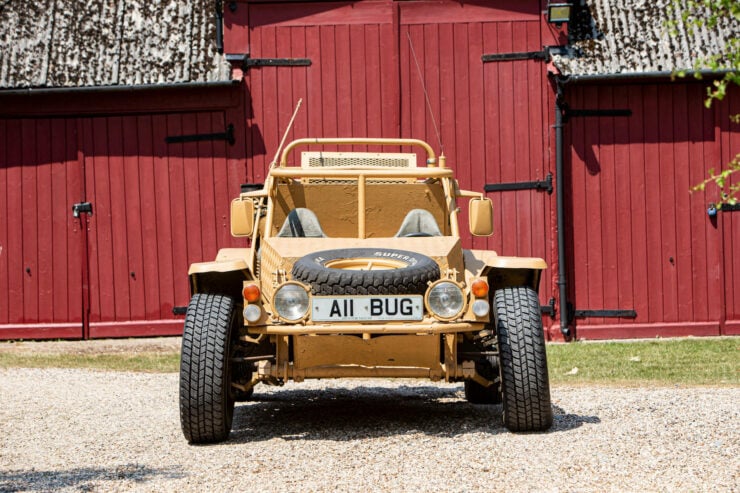
Images courtesy of Bonhams

